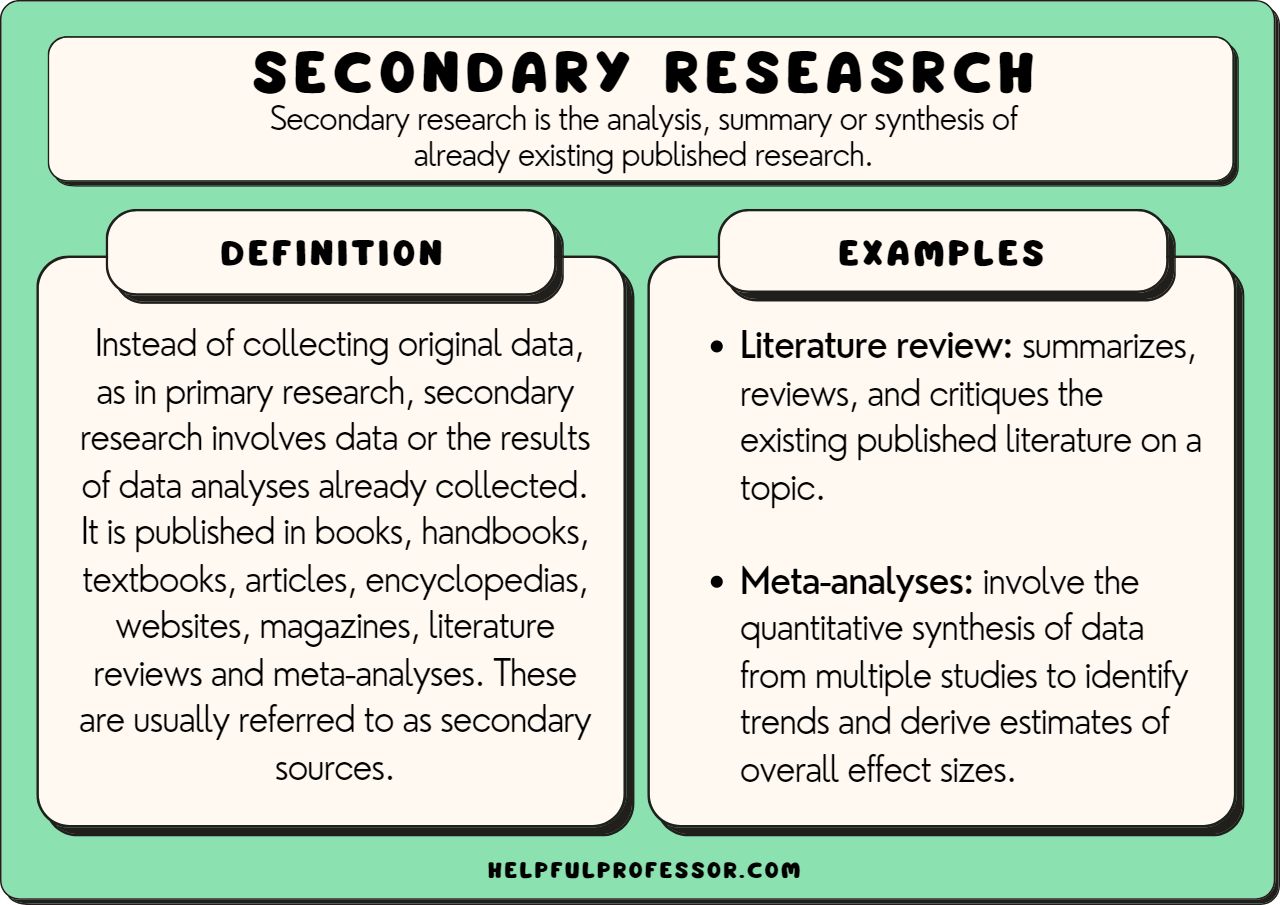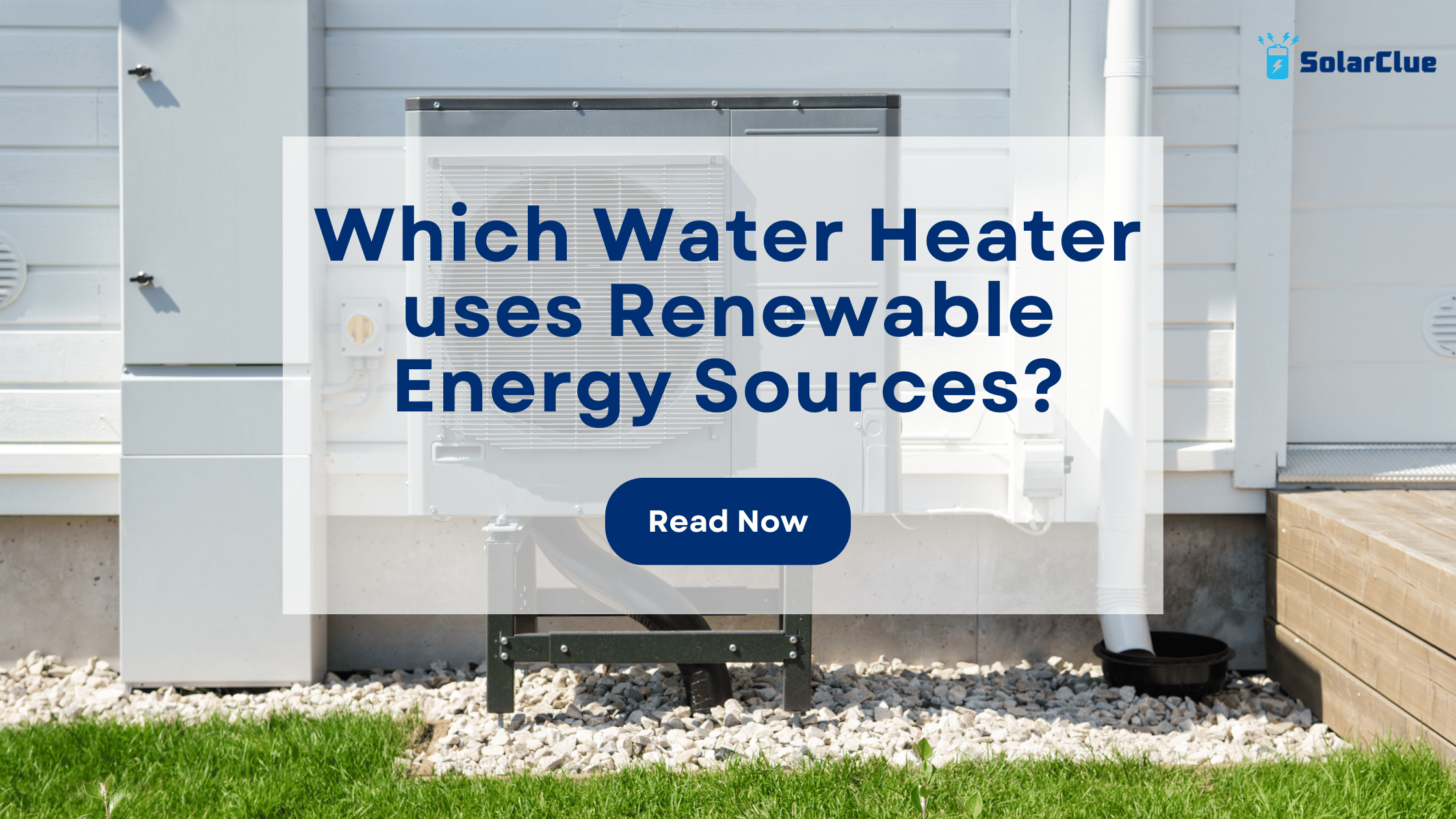Green Heat Sources

Green heat sources, also known as renewable energy sources, are crucial for building a sustainable future and mitigating the environmental impact of traditional energy production methods. These sources harness naturally replenishing resources, minimizing reliance on fossil fuels and their associated emissions.
Types of Green Heat Sources
Green heat sources encompass a variety of technologies that utilize renewable resources.
- Solar Thermal: This technology uses solar energy to heat water or air for domestic and industrial purposes. Solar thermal systems typically employ collectors that absorb sunlight and transfer heat to a fluid, which is then used for heating or hot water production. These systems are particularly effective in regions with ample sunshine and can provide significant cost savings on heating bills.
- Geothermal Energy: This source taps into the Earth’s internal heat, harnessing it to generate electricity or provide direct heating. Geothermal power plants utilize steam or hot water extracted from underground reservoirs to drive turbines and produce electricity. Geothermal heating systems use heat pumps to transfer heat from the ground to buildings, providing efficient and environmentally friendly heating solutions.
- Biomass Energy: Biomass refers to organic matter derived from plants and animals, which can be burned to generate heat or electricity. Common biomass sources include wood, agricultural residues, and municipal solid waste. Biomass energy is considered carbon-neutral as the carbon released during combustion is offset by the carbon absorbed during plant growth. However, sustainable forest management practices are crucial to ensure the long-term viability of biomass energy.
- Wind Energy: Wind turbines convert the kinetic energy of wind into electricity. Wind farms, consisting of multiple turbines, are increasingly deployed in areas with consistent wind resources. Wind energy is a clean and renewable source of electricity, but its implementation can be affected by factors like land availability and visual impact.
- Hydropower: Hydroelectric power plants harness the energy of flowing water to generate electricity. Dams are constructed to create reservoirs, and the water released from the reservoir drives turbines connected to generators. Hydropower is a reliable and clean source of electricity, but its environmental impact can be significant, particularly in terms of habitat disruption and water flow regulation.
Advantages and Disadvantages of Green Heat Sources
Green heat sources offer a range of advantages over traditional fossil fuel sources, but they also have certain limitations.
- Advantages:
- Environmental Sustainability: Green heat sources minimize greenhouse gas emissions and contribute to reducing air pollution.
- Renewable Resources: These sources utilize naturally replenishing resources, ensuring their long-term availability.
- Energy Independence: Reliance on green heat sources reduces dependence on foreign energy imports, promoting energy security.
- Economic Benefits: Green heat sources can create jobs and stimulate local economies, particularly in rural areas.
- Disadvantages:
- Intermittency: Some green heat sources, like solar and wind, are intermittent, meaning their availability fluctuates depending on weather conditions.
- Initial Costs: The initial investment in green heat technologies can be higher than traditional systems, but these costs are often offset by long-term savings.
- Land Use: Large-scale installations of some green heat sources, like wind farms and solar farms, can require significant land areas.
- Environmental Impacts: While generally cleaner than fossil fuels, some green heat sources can have specific environmental impacts, such as habitat disruption or water flow regulation.
Efficiency and Cost-Effectiveness
Green heat sources are generally more efficient than traditional fossil fuel sources, converting a higher percentage of energy input into usable output. For example, solar thermal systems can convert up to 80% of solar energy into heat, while traditional gas boilers have efficiencies ranging from 70% to 90%.
The efficiency of a heat source is determined by the ratio of useful energy output to total energy input.
While the initial costs of green heat technologies may be higher, their long-term cost-effectiveness is often demonstrated by lower operating costs and reduced energy bills. For instance, a solar thermal system can provide hot water for a home for decades, reducing the need for costly gas or electric heating.
Real-World Examples
Numerous successful implementations of green heat sources can be found worldwide.
- Denmark: Denmark has achieved a high level of renewable energy integration, with wind energy contributing significantly to its electricity generation. The country has set ambitious targets for reducing greenhouse gas emissions and has become a leader in green energy technology.
- Iceland: Iceland relies heavily on geothermal energy for heating and electricity generation. The country’s geothermal resources are abundant, providing clean and sustainable energy for its population.
- Germany: Germany has implemented a feed-in tariff system that incentivizes the installation of renewable energy systems. This has resulted in a significant increase in solar and wind power capacity, making Germany a global leader in renewable energy.
Four-Element Heater

A four-element heater, as the name suggests, utilizes four heating elements to generate heat. These elements are typically made of high-resistance materials like nichrome wire, which heats up when electricity passes through it. The heat generated by these elements is then transferred to the surrounding air, providing warmth to the room.
Working Principle of a Four-Element Heater
The working principle of a four-element heater involves the conversion of electrical energy into heat energy. When electricity flows through the heating elements, their resistance causes them to heat up. This heat is then transferred to the surrounding air through convection and radiation. The heated air rises, creating a convection current that circulates warm air throughout the room.
Impact of Design and Configuration, Source green heat four element heater black cabinet
The design and configuration of a four-element heater significantly impact its heating capacity and efficiency.
Factors Influencing Heating Capacity
- Number and Size of Heating Elements: More and larger heating elements generate more heat, increasing the heater’s capacity.
- Element Material: Different materials have varying resistance, influencing the amount of heat generated.
- Element Spacing: Proper spacing between elements ensures efficient heat distribution and prevents overheating.
- Fan Power: A powerful fan enhances convection, improving heat circulation and distribution.
Factors Influencing Efficiency
- Element Insulation: Well-insulated elements minimize heat loss to the surroundings, improving efficiency.
- Heater Enclosure: A well-designed enclosure with proper insulation reduces heat loss, enhancing efficiency.
- Thermostat Control: A thermostat regulates the heater’s operation, preventing unnecessary energy consumption.
Comparison of Four-Element Heater Models
The market offers various four-element heater models with different heating capacities and energy consumption. Here’s a comparison of some popular models:
Model 1: High-Capacity Heater
- Heating Capacity: 2000 Watts
- Energy Consumption: High
- Features: Multiple heating settings, fan-assisted heat circulation, thermostat control
- Suitable for: Large rooms, areas requiring high heat output
Model 2: Energy-Efficient Heater
- Heating Capacity: 1000 Watts
- Energy Consumption: Low
- Features: Energy-saving mode, timer function, automatic shut-off
- Suitable for: Small to medium-sized rooms, areas requiring moderate heat
Model 3: Compact Heater
- Heating Capacity: 500 Watts
- Energy Consumption: Very low
- Features: Portable design, adjustable thermostat, safety features
- Suitable for: Small spaces, personal use, supplemental heating
Black Cabinet: Source Green Heat Four Element Heater Black Cabinet

The choice of a black cabinet for a heater is a strategic decision that influences both the heater’s performance and aesthetics. The color and material of the cabinet play a crucial role in heat distribution, energy efficiency, and overall design appeal.
Impact of Color and Material
The black color of the cabinet contributes to heat absorption and distribution. Black surfaces absorb more light and heat energy compared to lighter colors. This characteristic is advantageous for heaters, as it allows the cabinet to absorb more heat from the heating element and distribute it more efficiently into the surrounding environment.
The material of the cabinet also affects heat distribution. Materials like metal, for example, are excellent conductors of heat and can quickly transfer heat from the heating element to the surrounding air. This is beneficial for faster heating and more uniform heat distribution.
Cabinet Design and Functionality
The design of the black cabinet influences the aesthetics and functionality of the heater. A well-designed cabinet can enhance the heater’s visual appeal, improve its ease of use, and optimize its performance.
For instance, a cabinet with a sleek and modern design can complement a contemporary living space. A cabinet with a sturdy and durable design might be preferred for industrial or commercial settings.
Examples of Black Cabinet Designs
Different black cabinet designs are employed for heaters, each tailored to specific applications and user preferences.
– Contemporary Design: These cabinets often feature minimalist lines, sleek finishes, and integrated controls for a modern aesthetic. They are typically found in homes with a contemporary or minimalist decor.
– Traditional Design: Cabinets with traditional designs often incorporate classic elements like ornate details, wood finishes, and vintage-inspired styling. These designs are well-suited for homes with a traditional or rustic aesthetic.
– Industrial Design: Industrial-style cabinets are characterized by their rugged and functional designs, often featuring exposed metal, distressed finishes, and industrial-inspired accents. These designs are commonly found in industrial or loft spaces.
The “source green heat four element heater black cabinet” might seem like a mundane item, but it speaks volumes about the consumerist obsession with “green” products. Is it truly eco-friendly, or just another marketing ploy to sell us unnecessary gadgets?
While we’re on the topic of office decor, have you considered a black lateral file cabinet with hutch for a touch of professionalism? Ultimately, the “source green heat four element heater black cabinet” is just another example of how the market manipulates our desire for efficiency and sustainability.
The “source green heat four element heater black cabinet” might seem like a mundane appliance, but it speaks volumes about our consumerist culture. We’re constantly bombarded with promises of “green” solutions, but the reality is that these products often fall short of their lofty claims.
Just like the ikea trones shoe cabinet black , which may look sleek and minimalist, it’s ultimately just another piece of furniture designed for temporary satisfaction. In the end, the “source green heat four element heater black cabinet” is just another cog in the machine of unsustainable consumption, leaving us with a mountain of disposable products and a planet in peril.
